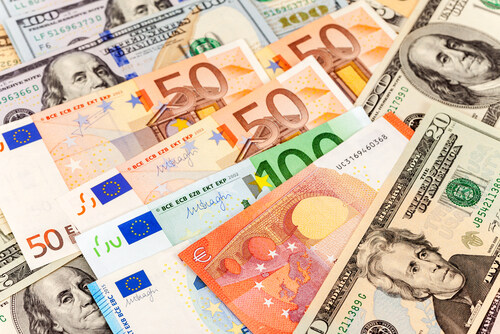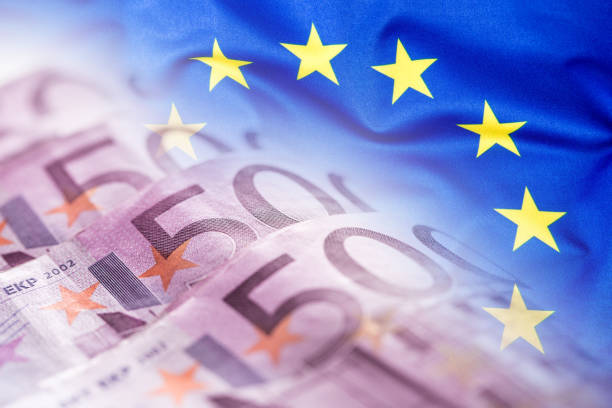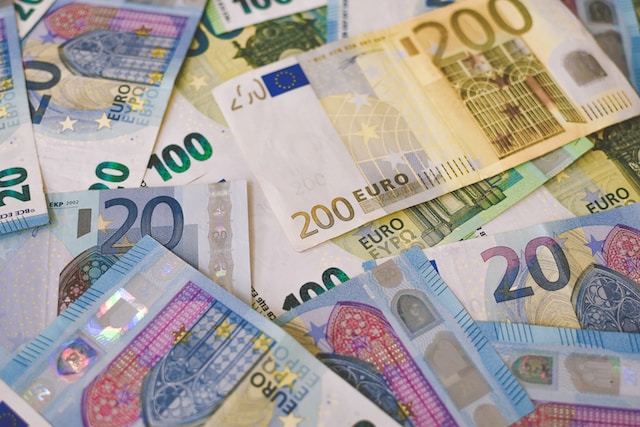EUR/USD drops to near 1.0600, awaits US inflation data


- EUR/USD may depreciate further as Trump’s potential fiscal policies could delay further Fed rate cuts.
- The US Consumer Price Index is expected to show a 2.6% YoY increase for October.
- Traders await Thursday’s release of pan-EU Gross Domestic Product data for the third quarter.
The EUR/USD pair remains under pressure on Wednesday, holding steady just above the 1.0600 level during Asian trading hours. This would mark the fourth consecutive day of losses for the Euro, as the pair continues to face downward momentum.
The primary factor contributing to the recent weakness in EUR/USD is the strength of the US Dollar (USD). The implementation of US President-elect Donald Trump’s proposed fiscal policies could stimulate investment, increase government spending, and bolster labor demand. However, this surge in economic activity could also fuel inflation risks.
On Tuesday, Minneapolis Fed President Neel Kashkari affirmed that the central bank remains confident in its ongoing battle against transitory inflation but cautioned that it is still too early to declare full victory. Kashkari also noted that the Fed would refrain from modeling the economic impact of Trump’s policies until there is greater clarity on the specifics of those policies.
Traders are now focused on the upcoming US inflation data release on Wednesday for further guidance on future US policy. The headline Consumer Price Index (CPI) is expected to show a 2.6% year-over-year increase for October, with the core CPI anticipated to rise by 3.3%.
The focus will shift toward Thursday’s pan-EU Gross Domestic Product (GDP) update, where the third-quarter GDP figure is expected to confirm the preliminary growth estimate of 0.4% QoQ. Meanwhile, the GDP is forecast to show a modest 0.9% growth year-over-year for Q3, signaling a lackluster economic performance in the region.
According to a recent paper from the London School of Economics and Political Science, implementing a 10% tariff on all imported goods, as advocated by Trump, could have a negative impact of 0.1% on the European Union's (EU) Gross Domestic Product (GDP). This potential economic slowdown in Europe could further dampen the Euro's performance against the US Dollar.
Euro FAQs
What is the Euro?
The Euro is the currency for the 19 European Union countries that belong to the Eurozone. It is the second most heavily traded currency in the world behind the US Dollar. In 2022, it accounted for 31% of all foreign exchange transactions, with an average daily turnover of over $2.2 trillion a day. EUR/USD is the most heavily traded currency pair in the world, accounting for an estimated 30% off all transactions, followed by EUR/JPY (4%), EUR/GBP (3%) and EUR/AUD (2%).
What is the ECB and how does it impact the Euro?
The European Central Bank (ECB) in Frankfurt, Germany, is the reserve bank for the Eurozone. The ECB sets interest rates and manages monetary policy. The ECB’s primary mandate is to maintain price stability, which means either controlling inflation or stimulating growth. Its primary tool is the raising or lowering of interest rates. Relatively high interest rates – or the expectation of higher rates – will usually benefit the Euro and vice versa. The ECB Governing Council makes monetary policy decisions at meetings held eight times a year. Decisions are made by heads of the Eurozone national banks and six permanent members, including the President of the ECB, Christine Lagarde.
How does inflation data impact the value of the Euro?
Eurozone inflation data, measured by the Harmonized Index of Consumer Prices (HICP), is an important econometric for the Euro. If inflation rises more than expected, especially if above the ECB’s 2% target, it obliges the ECB to raise interest rates to bring it back under control. Relatively high interest rates compared to its counterparts will usually benefit the Euro, as it makes the region more attractive as a place for global investors to park their money.
How does economic data influence the value of the Euro?
Data releases gauge the health of the economy and can impact on the Euro. Indicators such as GDP, Manufacturing and Services PMIs, employment, and consumer sentiment surveys can all influence the direction of the single currency. A strong economy is good for the Euro. Not only does it attract more foreign investment but it may encourage the ECB to put up interest rates, which will directly strengthen the Euro. Otherwise, if economic data is weak, the Euro is likely to fall. Economic data for the four largest economies in the euro area (Germany, France, Italy and Spain) are especially significant, as they account for 75% of the Eurozone’s economy.
How does the Trade Balance impact the Euro?
Another significant data release for the Euro is the Trade Balance. This indicator measures the difference between what a country earns from its exports and what it spends on imports over a given period. If a country produces highly sought after exports then its currency will gain in value purely from the extra demand created from foreign buyers seeking to purchase these goods. Therefore, a positive net Trade Balance strengthens a currency and vice versa for a negative balance.



